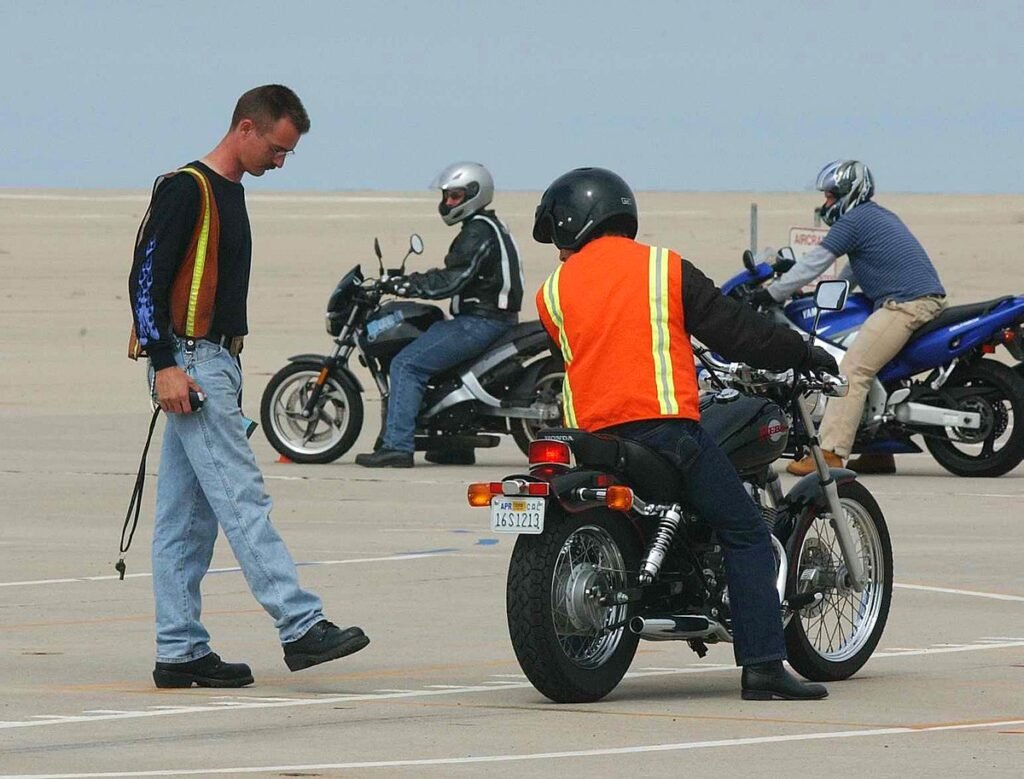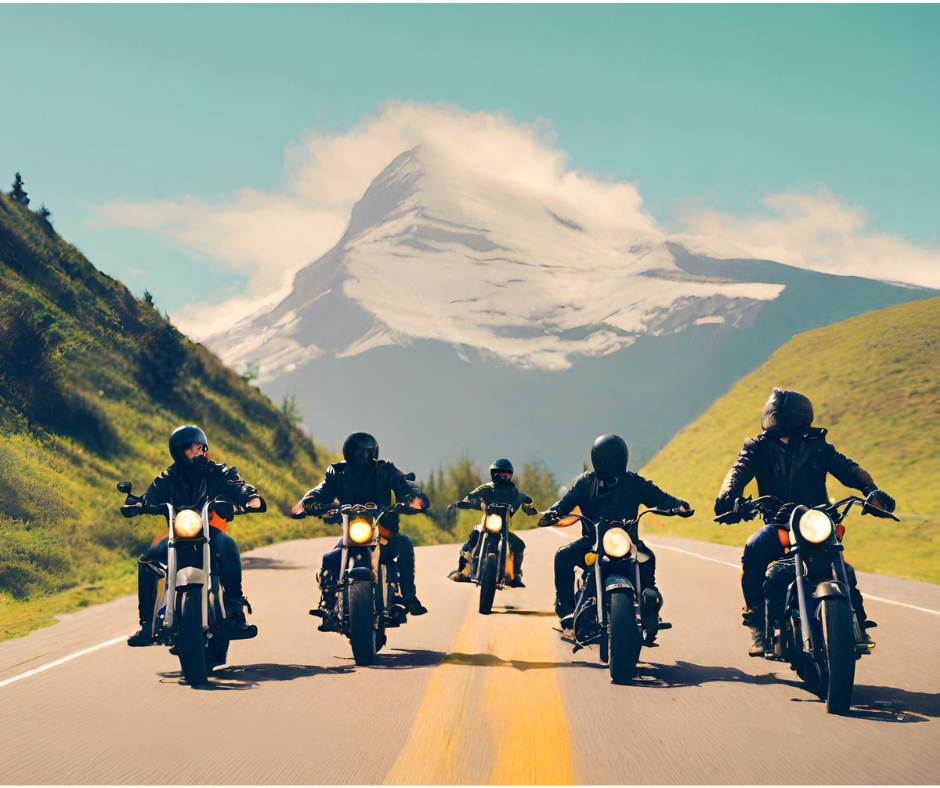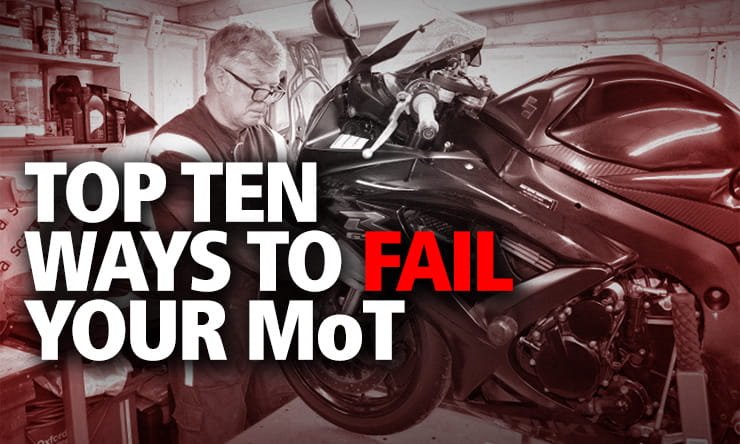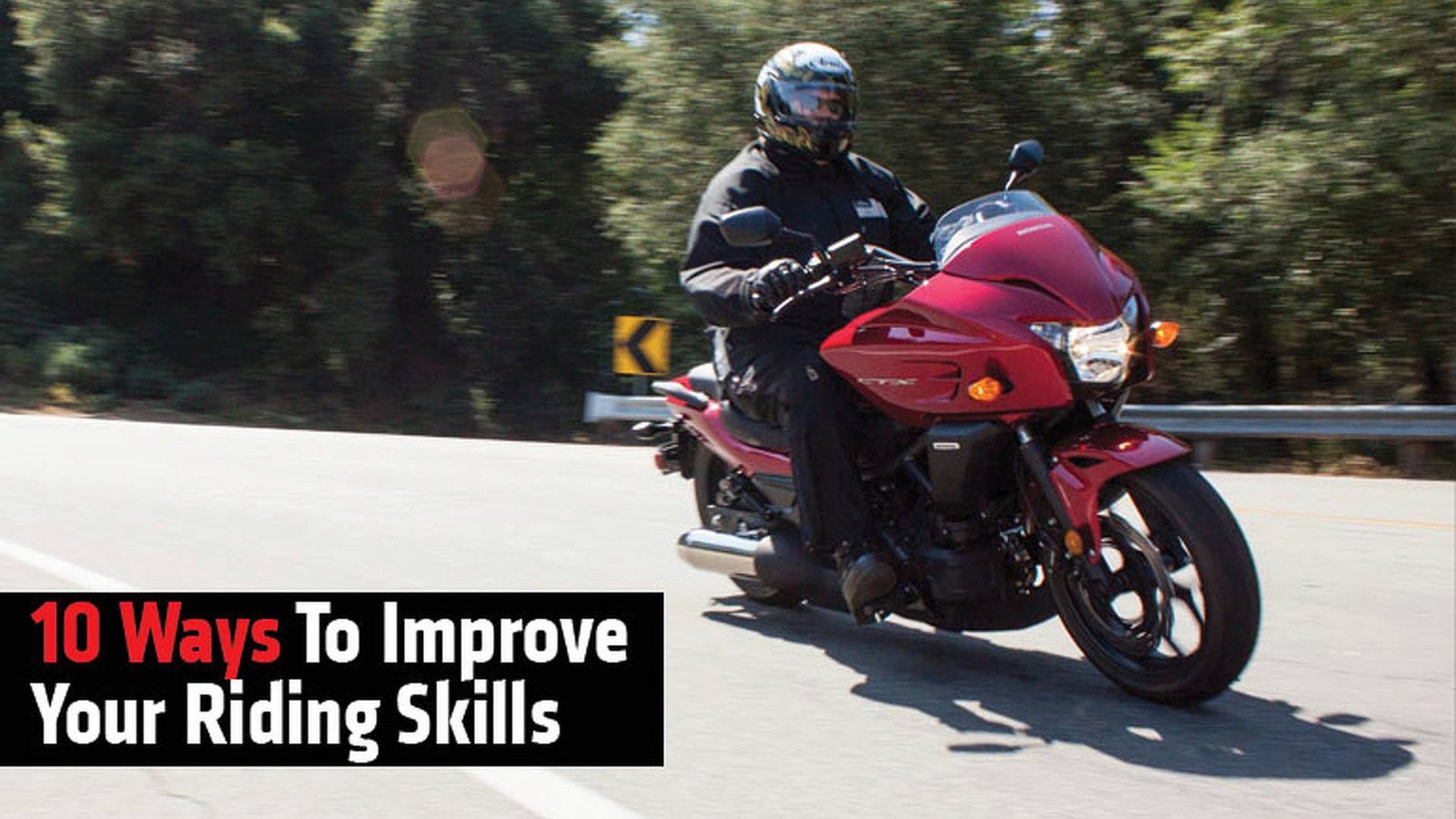Legal requirements for motorcycle riding vary globally, typically including a valid license, helmet, and insurance. Age restrictions and gear specifications often apply as well.
Embarking on a motorcycle adventure transcends the thrill of the open road; it demands a clear knowledge of the legalities that govern two-wheeled transport. Each country tailors its laws to address specific safety concerns, environmental factors, and traffic conditions.
Riders must secure an appropriate license, which sometimes necessitates a separate motorcycle endorsement, reflecting motorcycles’ distinct challenges.
The compulsory use of helmets, a universal safety measure, showcases the commitment to protecting lives. Additionally, insurance acts as a critical safety net, offering financial protection in the case of accidents. Riders should also note age limitations that ensure only those with sufficient maturity and experience take the handlebars.
Ensuring compliance with these varied regulations not only ensures a rider’s safety but also upholds the legal standards set forth by each jurisdiction. This comprehensive approach to motorcycle legislation underscores a global commitment to road safety and rider responsibility.

Credit: www.femamotorcycling.eu
Table of Contents
Motorcycle Riding: A Global Legal Tapestry
Motoring on two wheels carries a unique set of rules woven into a complex global tapestry. Like the varied patterns of a quilt, each country stitches its legal requirements for motorcycle enthusiasts. These laws ensure safety and order on the roads. It is vital to know them for every rider with a passion for cross-border adventures.
Variations In International Law
Countries craft motorcycle laws based on local needs and safety concerns. Differences emerge in age limits, engine size regulations, and licensing requirements.
| Country | Minimum Age | License Type |
|---|---|---|
| USA | 16-18 (varies by state) | Motorcycle Endorsement |
| UK | 17 | Category A, A1, A2 |
| Japan | 18 | Class 1 or 2 License |
Equipment laws also vary, with helmet use mandatory in many places, but not everywhere. Riding without a helmet in India attracts fines, while in the UK, it is an absolute must. Protective clothing requirements can range from highly specific to non-existent. Countries like Spain impose strict rules on reflective clothing.
Common Legal Threads
Despite the variations, common legal requirements unify motorcycle riding across borders. These shared threads include:
- Helmet laws for rider protection
- Having a valid license appropriate for the motorcycle class
- Following traffic signals and signs
- Insurance coverage, often including personal liability
Standardization of traffic laws within regions like the European Union supports safe, consistent riding experiences. Rider education and testing remain core elements regardless of location. Enforcement techniques and penalties for non-compliance, however, can be distinct for each nation.
Helmet Laws And Protective Gear
Riding a motorcycle involves thrill and freedom. But, on every ride, safety comes first. Different places have unique rules. They keep riders safe. Let’s dive into the world of helmet laws and protective gear requirements. These vary from country to country. Here we will look at mandatory helmet regulations and additional protective clothing standards.
Mandatory Helmet Regulations
Every country stresses the importance of helmets. They are the first line of defense in an accident. We’ll look at the strictness of helmet laws around the globe. Some countries require them for all riders. In others, only young or less experienced riders must wear helmets. For example:
- United Kingdom: All riders must wear helmets.
- Australia: Helmets are compulsory nationwide.
- India: Helmets are mandatory for both riders and pillion passengers.
In some places, local laws add extra layers of safety. Helmets must have specific certifications like DOT, ECE, or SNELL ratings. Always check local laws before riding.
Additional Protective Clothing Standards
Beyond helmets, protective gear is key. Many countries advise or require additional protective clothing. These may include:
| Country | Gear |
|---|---|
| Spain | Gloves and jacket |
| France | High-visibility vests |
| New Zealand | Eye protection |
Good gear doesn’t stop at helmets. It includes jackets, pants, gloves, and boots. They protect against elements and injuries. These items may not always be law. But they are widely recommended for safer riding experiences.
Licensing And Age Restrictions
Before you feel the wind on your face and the thrill of acceleration, understand that motorcycles demand respect. This respect starts with obeying the law: licensing and age restrictions. Different countries set different rules to ensure safety on the road. Let’s explore these crucial requirements.
Minimum Age For Riders
The starting line for riding a motorcycle varies globally. The minimum age for riders dictates when you can legally hop on a bike. Knowing these age limits helps you plan your riding journey.
- United States: Often 16, varies by state
- United Kingdom: 16 for mopeds, 17 for motorcycles
- Australia: 16-18, differs by territory
- India: 18 for motorbikes with gear
- Japan: 16 for under 50cc, 18 for bigger bikes
Motorcycle License Requirements
A motorcycle license signifies your skill to handle a bike. Countries require specific tests and qualifications. This ensures only competent riders take to the streets.
| Country | Requirement | Test Components |
|---|---|---|
| United States | MSF Course or DMV Test | Written and practical |
| United Kingdom | CBT, Theory, and Practical | Multiple stages |
| Australia | Learner’s permit, License Test | Knowledge and riding skills |
| India | Written and road test | Vehicle control and regulations |
| Japan | Written and practical exam | Riding skills assessment |
To legally ride in any country, you must first master local laws and regulations. Start with the basics: meeting age requirements and earning your motorcycle license. Enjoy the ride, but stay within the boundaries of the law.
Insurance And Liability Rules
Insurance and liability rules are crucial for motorcycle riders. Different countries have various requirements when it comes to protecting riders and third parties on the road. To ride with confidence, knowing the essential insurance policies and how liability differs across borders is key.
Compulsory Insurance Policies
All countries require some form of insurance for motorcyclists. This compulsory insurance helps cover costs in the event of an accident. Check out the table below to see a comparison of compulsory insurance policies in various countries:
| Country | Type of Insurance | Minimum Coverage |
|---|---|---|
| USA | Liability Insurance | Determined by state |
| UK | Third Party Insurance | Unlimited injury liability |
| Canada | Third Party Liability Insurance | Determined by province |
| Australia | Compulsory Third Party (CTP) | Required by law |
Differences In Coverage And Liability
Motorcycle insurance doesn’t look the same in every country. Coverage can vary widely. It’s important to understand your policy’s details. Below is a list of differences you may encounter:
- Legal Liability Limits: Some countries have higher liability thresholds.
- Optional Coverages: Extras like theft protection or damage cover may be available.
- No-Fault vs. At-Fault: In no-fault countries, your insurance pays regardless of who causes the accident.
For example, the UK’s insurance system is based on the concept of unlimited liability for injuries to third parties. On the other hand, some US states have relatively low minimum liability limits.
Always seek detailed information about insurance regulations in your destination. Never assume one country’s rules apply to another.
Road Worthiness And Safety Inspections
Riding a motorcycle pulls you into an adventure on the open road. But before reviving your engine, you must meet various legal requirements. These laws ensure that every motorbike on the road is safe and sound for the rider and others. One of the key components in this is roadworthiness and safety inspections.
Periodic Vehicle Checks
Your motorcycle needs regular check-ups to stay road-legal. Different countries have specific intervals for these inspections.
- In the UK, an MOT test is mandatory after a bike is 3 years old.
- The EU requires periodic technical inspections for emissions and safety.
- In Japan, the Shaken system includes rigorous biennial checks.
These checks typically look for issues with:
- Brakes and tires
- Lights and indicators
- Steering and suspension
- Fuel and exhaust systems
Ensure you know your country’s inspection schedule to avoid fines.

Credit: en.wikipedia.org
Modifications And Legal Limits
Modifying your motorcycle can be exciting, but make sure it stays within legal boundaries.
- Exhaust modifications must not surpass noise level laws.
- Lights should remain visible and within size specifications.
- Engine tweaks need to maintain emissions standards.
- Handlebar height may be limited for rider safety.
Illegal modifications can lead to your motorcycle failing inspections and potentially more severe repercussions.
Stay informed and comply with road safety laws to enjoy a hassle-free ride every time!
Traffic Laws And Local Ordinances
Motorcyclists must know the Traffic Laws and Local Ordinances.
Throughout the world, riders must adhere to specific regulations. These ensure safety and compliance. Regulations vary across nations and localities. Knowing these is essential. It prevents fines and enhances road safety.
Speed Limits And Overtaking Regulations
Speed Limits play a pivotal role in traffic safety.
These vary by country and road type. Urban areas often have lower limits than highways. Complying is non-negotiable. Let’s explore some common themes:
- Residential areas typically restrict speed more than open roads.
- Signage indicates the maximum speed allowed.
- Enforcement methods range from cameras to patrols.
Overtaking rules also demands attention.
They dictate how riders must pass other vehicles. Incorrect overtaking poses risks. It infringes upon safety and legal standing. Key regulations include:
- Overtake on the correct side, often the left.
- Adhere to marked no-overtaking zones.
- Use turn signals to indicate intentions.
Noise Restrictions And Environmental Laws
Noise emission is a serious consideration for bikers.
Noise restrictions limit sound levels of motorcycles. This preserves the peace in urban areas. It also reduces noise pollution. Check the specifics:
| Country | Maximum Noise Level |
|---|---|
| Germany | 75 dB |
| Japan | 81 dB |
Environmental laws aim to curb pollution.
Motorcycles must meet emission standards. These laws protect our air quality. They maintain balanced ecosystems. Non-compliance leads to penalties. Integral components include:
- Emission checkpoints and certifications.
- Requirements for catalytic converters.
- Periodic vehicle inspections.
FAQ
Can I Ride A Motorcycle In Other Countries?
Yes, you can ride a motorcycle in other countries, but you must check the local laws, have an appropriate license, observe insurance requirements, wear necessary safety gear, and understand traffic regulations. Always carry international driving permits if your license isn’t recognized.
Can I Ride A Motorcycle In Europe With A US license?
Yes, you can ride a motorcycle in Europe with a US license, but it must be accompanied by an International Driving Permit (IDP).
What Are The Legal Requirements For Riding A Motorcycle In France?
To ride a motorcycle in France, you need a valid driving license, appropriate insurance, a helmet meeting safety standards, reflective stickers on the helmet, and a high-visibility vest.
What Are The Motorcycle Rules In Italy?
Riders in Italy must wear helmets, obey speed limits, and carry a valid license. Motorcycles need insurance and registration. Lane splitting is illegal, and reflective vests are required at night.
Final Words
You must know motorcycle laws are for safe riding across borders. Every country’s regulations vary, from helmet laws to insurance requirements. Before going on a journey, research is key. Stay informed and ride responsibly; it’s the bedrock of motorcycle adventure. Compliance ensures exhilarating experiences and legal safety.




Leave a Reply